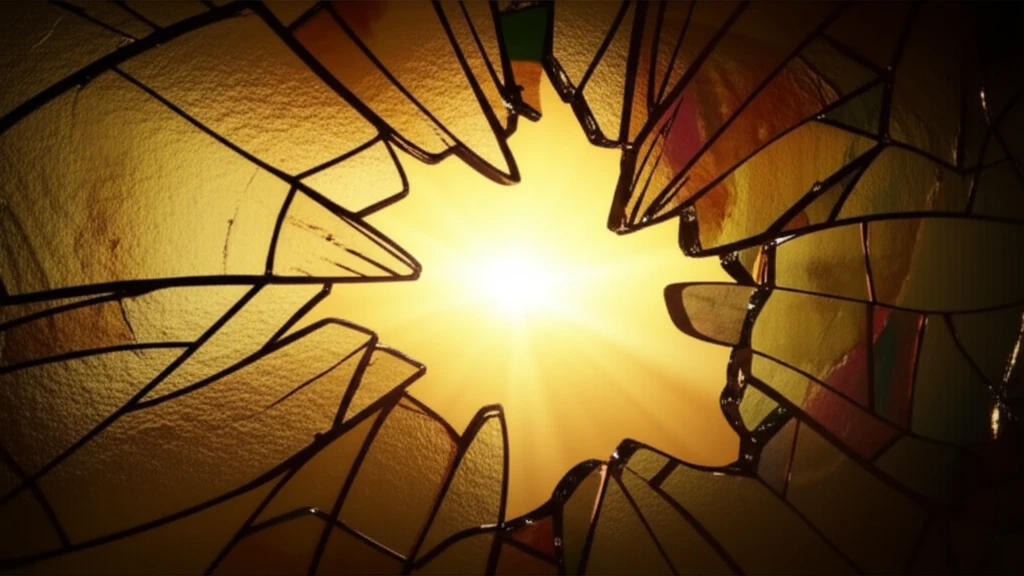
Are Your Leaded Glasses Really Protecting You? The Shocking Truth About Radiation Exposure in Cardiology
"A new study reveals that standard leaded glasses may not provide sufficient protection against ionizing radiation for interventional cardiologists, challenging current safety standards."
Cataracts, a leading cause of vision impairment and blindness worldwide, are increasingly linked to ionizing radiation exposure, especially a type known as posterior subcapsular (PSC) cataracts. This has raised concerns among healthcare professionals working in environments with radiation, such as interventional cardiology.
Interventional cardiology involves procedures like angioplasties and angiograms that rely on X-rays to visualize blood vessels and guide treatment. While these procedures are life-saving, they expose cardiologists and their teams to secondary ionizing radiation. The International Commission on Radiological Protection (ICRP) has set new, lower limits for radiation exposure to the eye, prompting a reevaluation of current safety measures.
Traditionally, leaded glasses with a 0.25 mm lead equivalency have been used to protect the eyes during these procedures. However, a recent study published in the journal 'Revista Médica de Chile' challenges the assumption that these glasses provide adequate protection, raising critical questions about the safety of interventional cardiologists.
The Alarming Reality: How Much Radiation Are Cardiologists Really Exposed To?

The Chilean study, conducted at a primary level hospital, meticulously measured radiation exposure to interventional cardiology staff over nine months. Researchers placed thermoluminescent dosimeters (TLDs) both in front of and behind the leaded glasses of seven staff members, including cardiologists, technicians, nurses, and paramedics. The team performed 1,057 procedures, comprising 763 coronary angiographies and 294 coronary angioplasties.
- Cardiologists at Risk: The study highlighted that cardiologists might surpass the ICRP's crystalline equivalent dose limit with current practices.
- Attenuation Limitations: The glasses' attenuation ranged from 40% to 57.7%, insufficient to meet safety standards.
- Varied Exposure: Doses varied significantly among roles, with nurses receiving substantially lower exposures than cardiologists.
Protecting Our Protectors: A Call for Enhanced Safety Measures
The study's findings underscore the urgent need for a comprehensive review of radiation safety practices in interventional cardiology. Healthcare facilities must consider implementing additional protective measures, such as using leaded glasses with higher lead equivalency (0.33 or 0.5 mm Pb), optimizing fluoroscopy techniques to minimize radiation exposure, and ensuring strict adherence to radiation safety protocols. Further research is also warranted to evaluate the effectiveness of different protective strategies and to develop new technologies that can further reduce radiation exposure to healthcare professionals.
